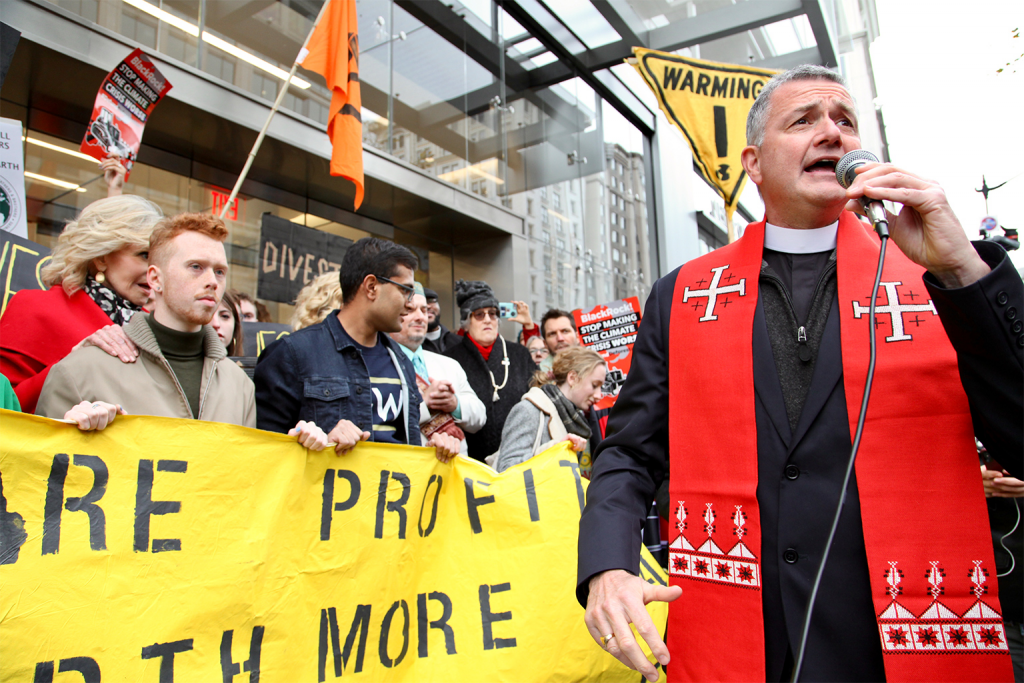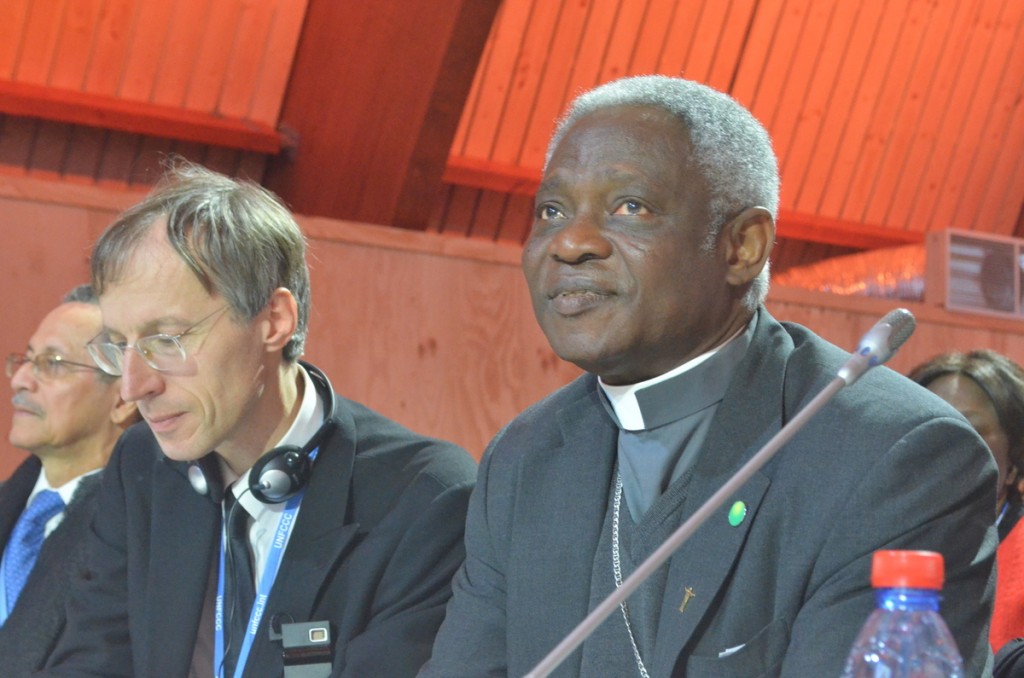
The glorious ceiling inside St. Ignatius of Loyola in Rome
In this travel story, printed in a Wells Fargo custom magazine, I write about three of my favorite domes in Rome. There are hundreds of them, of course, and favorites can shift from day to day. But these? They are always near the top, and always worth visiting again and again.
Roman Holiday: Three Spectacular Domes
By Justin Catanoso
It happens every time I visit Rome. My pulse quickens as I near the city’s historic center. It’s not the chaotic traffic that has my blood pressure rising, nor the anticipation of one marvelous meal after another. Like a lover separated from his partner for too long, my heart races at the first sight of Michelangelo’s masterpiece, the dome of St. Peter’s Basilica.
There it is, tall and majestic, off in the distance, across the Tiber River, high on a hill. It dominates this ancient skyline and announces in no uncertain terms that you are entering a place of architectural wonders.
Rome is a city of domes. There are scores of them topping churches and cathedrals, baths and basilicas. They are visually arresting from street level. But with three domes in particular, a special experience awaits you if you get closer, if you look closely or if you’re there at the right time.
Take the steps. Resist the urge, after a long wait in line, to go directly into St. Peter’s cavernous interior. Instead, shell out 5 euros and ascend the 551 steps to the cupola atop the dome. Midway up, you will enter a walkway that circles the famous main alter of St. Peter’s far below. It feels a little bit like heaven there. Light streams in through 16 tall windows.
Unseen from the floor, but now at eye level, a ring of plump cherubs in gold and silver mosaics by Baroque artist Cavaliere D’Arpino surround you. Before reaching the top, wander the roof of the basilica. Only there can you see the carved coat of arms of Pope Sixtus V – lions roaring above garlands of pears and flowers – around the base of the dome. It’s an apt honor. Sixtus, who made sure Michelangelo’s design was strictly followed, died the year the dome was completed, 1590.
Don’t be fooled. When is a dome not exactly a dome? When it’s tromp l’oeil, or French for optical illusion. The grand Church of St. Ignatius of Loyola, in the historic center of Rome, was supposed to have an imposing dome to crown its sanctuary. It was never built. The casual observer would never know it. Baroque artist Andrea Pozza, working in St. Ignatius in the late 1600s, was a master of tricking the eye. The nave ceiling fresco appears to open directly to the sky above.
Beyond the nave is what looks like the dimly lit vault of a dome. Eight marble ribs appear to arch upward to support a windowed cupola. It’s only when you walk in farther and stand beneath the “dome” that you realize you’ve been fooled. There’s no dome, only a huge round canvas stretched flat and painted to look like one.
Raining roses. It is quite natural, when standing inside the Pantheon in Rome, to stare transfixed at the nearly 2,000-year-old ceiling of the dome. It’s a marvel of advanced architectural achievement from an ancient world. I’m always astonished by its precise roundness, its honeycombed beauty, its unblinking oculus. I often think the sight is so powerful that it cannot be improved upon.
But on Pentecost Sunday, which comes seven weeks after Easter, it happens. During a long, elaborate Mass, Roman firemen clamor on top of the dome to the lip of the oculus with huge bags of red roses pedals. As the Mass ends and music swells, the firemen empty their bags to a collective gasp of excitement. When I was there in June, a thick shaft of light angled through the oculus. Rose pedals shimmered and fluttered through the light. People reached to grab as many pedals as they could.
All by itself, any day of the week, the Pantheon is one of Rome’s most incredible sights. But in one burst of color and magic that lasts a few minutes just once a year, the Pantheon and its glorious dome are rendered even more incredible.













